Keeping Warm When The Fishing Is Cold

Simple fact: fishing is more fun when you are not shivering! Now I will admit that there may have been times when I have been cold, yet paid no attention because of fast action or a large fish on the line, but in general I have learned that even in these cases fishing is better when you are comfortable. Some people may think that this is primarily geared toward crazies (like me) who fish in the winter, but here in the Rockies, cold weather can be an issue any time of year. In fact, due to my love of fishing high mountain lakes, I find that sometimes I get snowed on in July and August!
The first rule of staying warm is “Stay Dry!”. This may sound obvious, but when fishing we are inherently in and around water. Making sure your waders aren’t leaking is perhaps a no brainer, but keeping dry is more than that. Even when it's cold out, everyone sweats, and that introduces moisture inside of your waders and the rest of your clothing. The problem is largely solved by GoreTex, and other similar fabrics that keep waders waterproof, but still let moisture on the inside escape. The other side of this is always carry (and use) a rain jacket. Even on a warm summer day a thunderstorm can cause temps to drop by over 30 degrees, and once you are wet, it’s too late. Again, I am always carrying a GoreTex or similar shell. It is both rain proof and wind proof, and the breathability is key.

The second rule of staying warm is: “You are going to get wet anyway!” Face it, you are fishing. Whether it be rain, snow, sweat, or an unplanned swim, there is going to be some dampness in your future, so plan for it. The most important thing here is to leave the cotton at home. While we all love how comfortable it is, once cotton gets just a little bit damp, it starts wicking heat away from your body. Between wool and a whole host of synthetic fabrics, you can find comfortable versions of every piece of clothing you would want to wear in a material that will keep you warm when it gets damp. Although I used to rely almost completely on wool, I find that today’s synthetics are lighter and more comfortable, and even warmer for their weight than wool. There are however some wool blend socks that I still love. I should also go back to outer fabrics like GoreTex which are also windproof. When you are damp, wind chill is far worse, so protection against wind is even more important.
Beyond these two rules, the concept of dressing for optimal comfort varies a lot by situation. When I am hiking I wear multiple thin layers that I can change as I get warmer or colder based on how much I am exerting myself. Allowing yourself to overheat and get really sweaty is a big risk when temps can change quickly. Take the time and make adjustments as you go, so if conditions change you stay ahead of the curve. If I know I will be fishing in cold weather from the start, I will wear thicker, often fleece based layers under my waders and rain shell. These days, some of the new “puffy” garments provide even more warmth in ultra lite fashion. The key is wearing a garment that traps lots of air to provide insulation, but doesn’t retain any moisture. Up to a point, the more layers and thickness, the warmer you will be. An important consideration however is that you can have too much of a good thing, especially when it starts to cut off your movement, and more importantly your circulation. This shows up most often in something as simple as socks. If your extra thick, or double layer socks make your boots fit on the tight side, the resulting loss of circulation will leave your feet feeling colder than if you had on thinner, or a single pair of socks. For me, when its really cold out I use one pair of heavy socks, but the kind that go up over my calf. My boots are roomy enough for good circulation, and the extra insulation around my calf helps keep the blood warm as it heads to my feet.

The concept of thinking about blood temperature as it circulates through your body is a good one. The old adage that if your feet are cold, put on a hat has real merit. You can lose a lot of heat though your head, and if that heat loss is prevented, you will have more warm blood to circulate around to the rest of your body. This is also true about keeping your core area warm. A good vest or puffy that keeps your torso toasty will do a lot for the rest of you as well. That being said, there is one body part that needs special consideration, and that would be your hands. The irony of fishing is that the more successful you are, the more often you dip your hands in the water as you land and release fish. The more you get your hands wet, the colder you become (see rule number one). The added complication here is that wearing gloves makes handling the line more difficult. For years my solution was to wear a pair of wool fingerless gloves. My fingers just dealt with the cold, and after I landed a fish I would just squeeze the water out of my gloves and keep going. These were eventually replaced with a fleece pair. Lighter and more heat efficient, but still left my finger tips cold. Today you can get high tech fabric gloves (and even mittens) where you can keep your fingers covered when you don’t need dexterity, or pull back flaps to expose them when you need them. One more item I would suggest is that you carry a small hand towel and dry your hands off when you are done releasing a fish. As simple as that sounds, it's amazing how much of a difference that can make!

The final topic that I need to include here is how and what you eat matters. A good breakfast is like building a fire with lots of fuel. High energy snacks can have the effect of putting another log on a fire that is burning low. And I can’t overstate how nice it can be to have some warm beverages. There have been many times I have been guiding in dismal weather, noticing my guest’s mood going downhill as a chill set in. Pulling out a thermos of hot chocolate or coffee would totally turn things around, and allow us to finish the day on a high note.
If there is any common theme here, it has to do with preparation. Thinking about the conditions you might face, and gearing up appropriately can go a long way toward having a great day, even if the weather gets a little chilly.
By Scot Bealer
Scot first started guiding in the 1980’s, and has fished extensively through the rocky mountain west and many other parts of the world. When not on the water, he is typically out working with his wife, Lea Frye, doing wildlife photography. See their work at https://www.leaf-images.com, or follow them on Instagram @lea.f_images




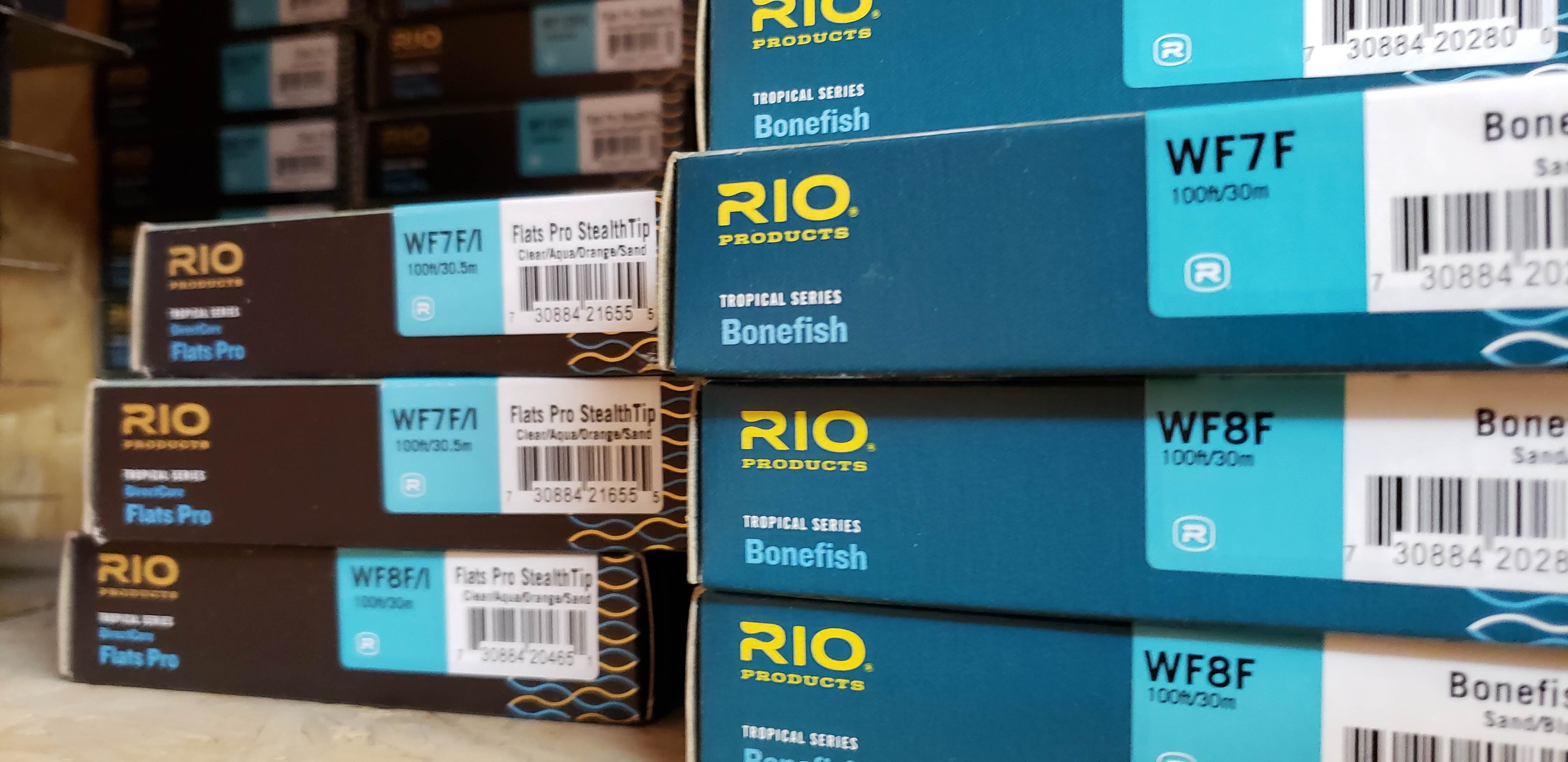

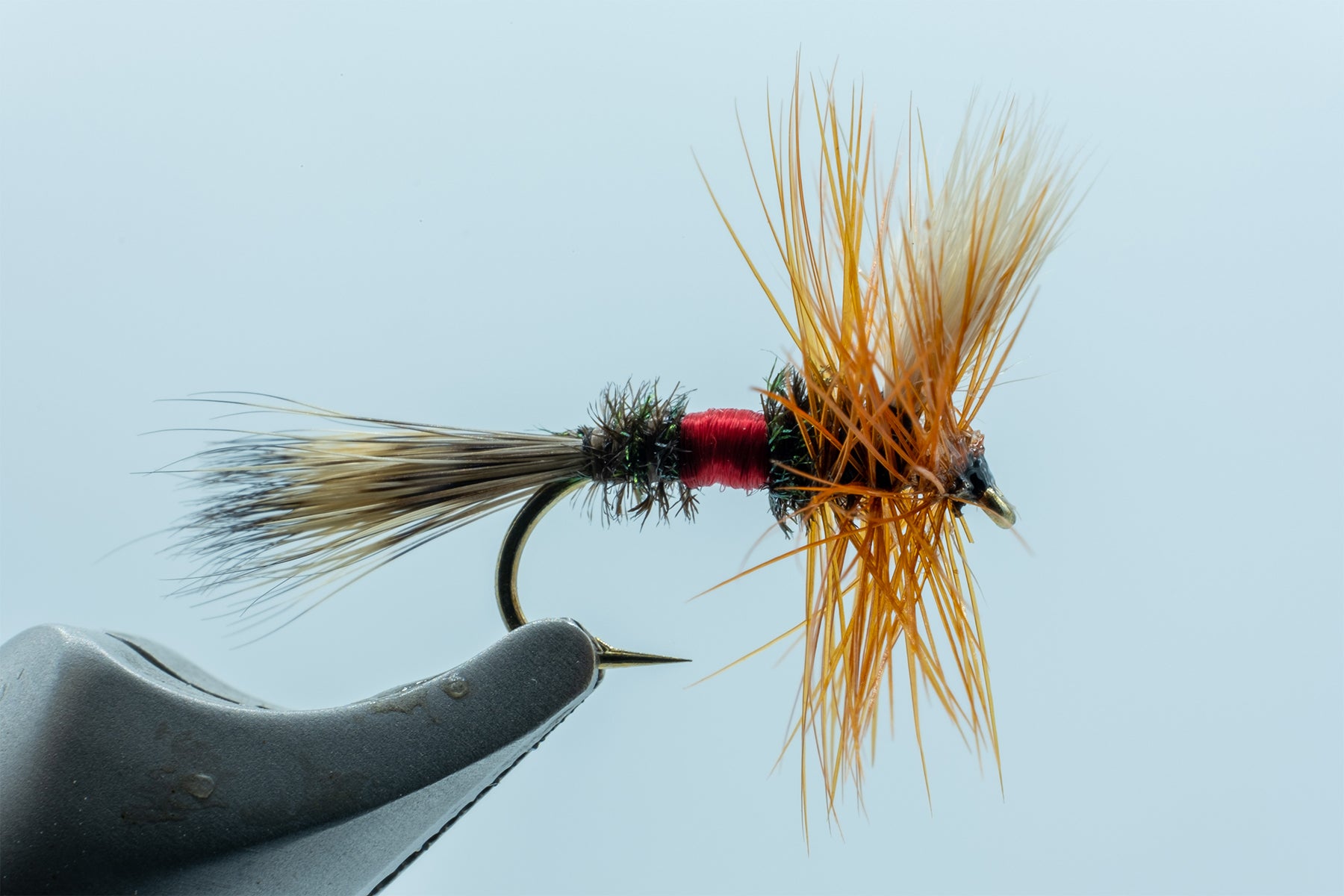
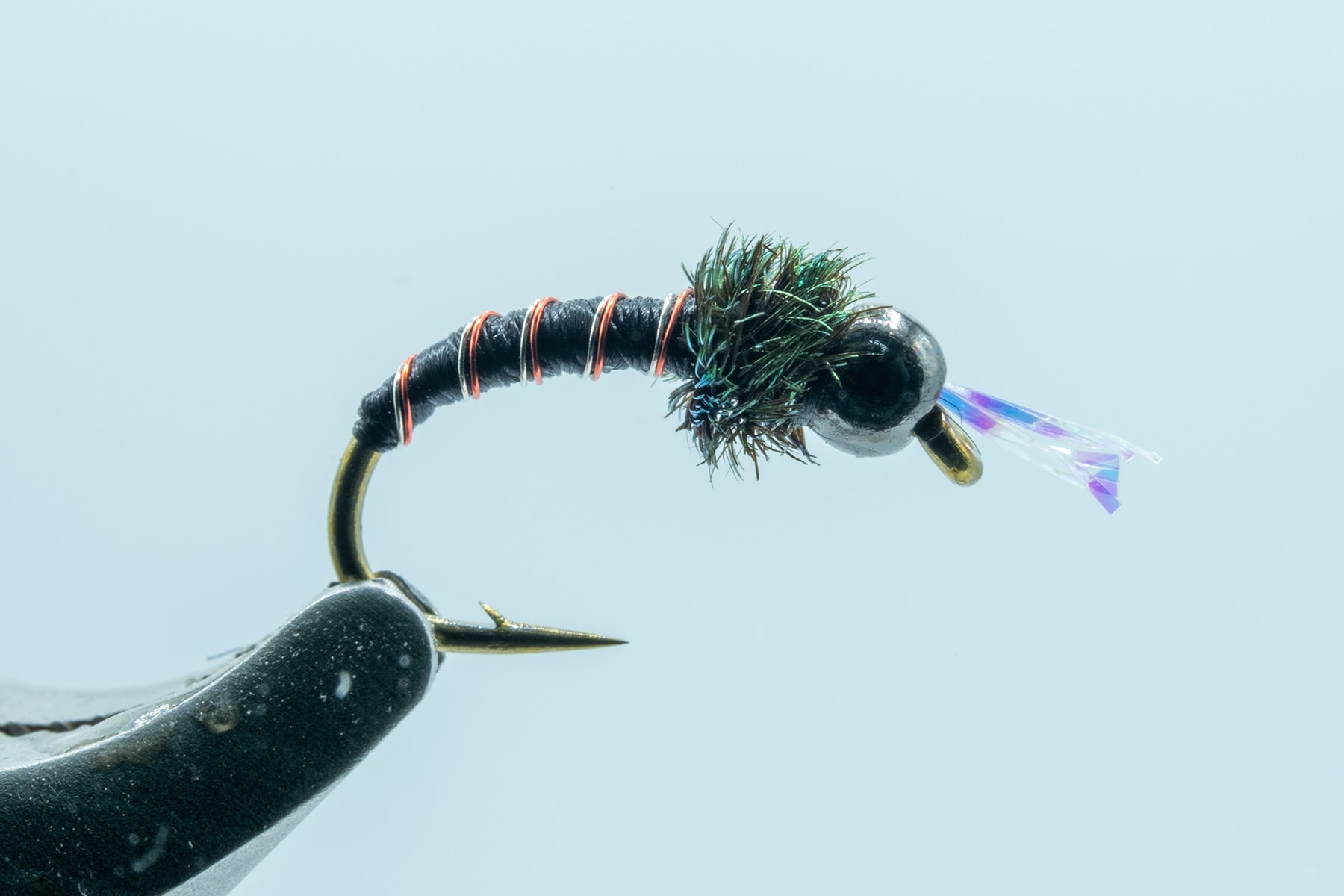
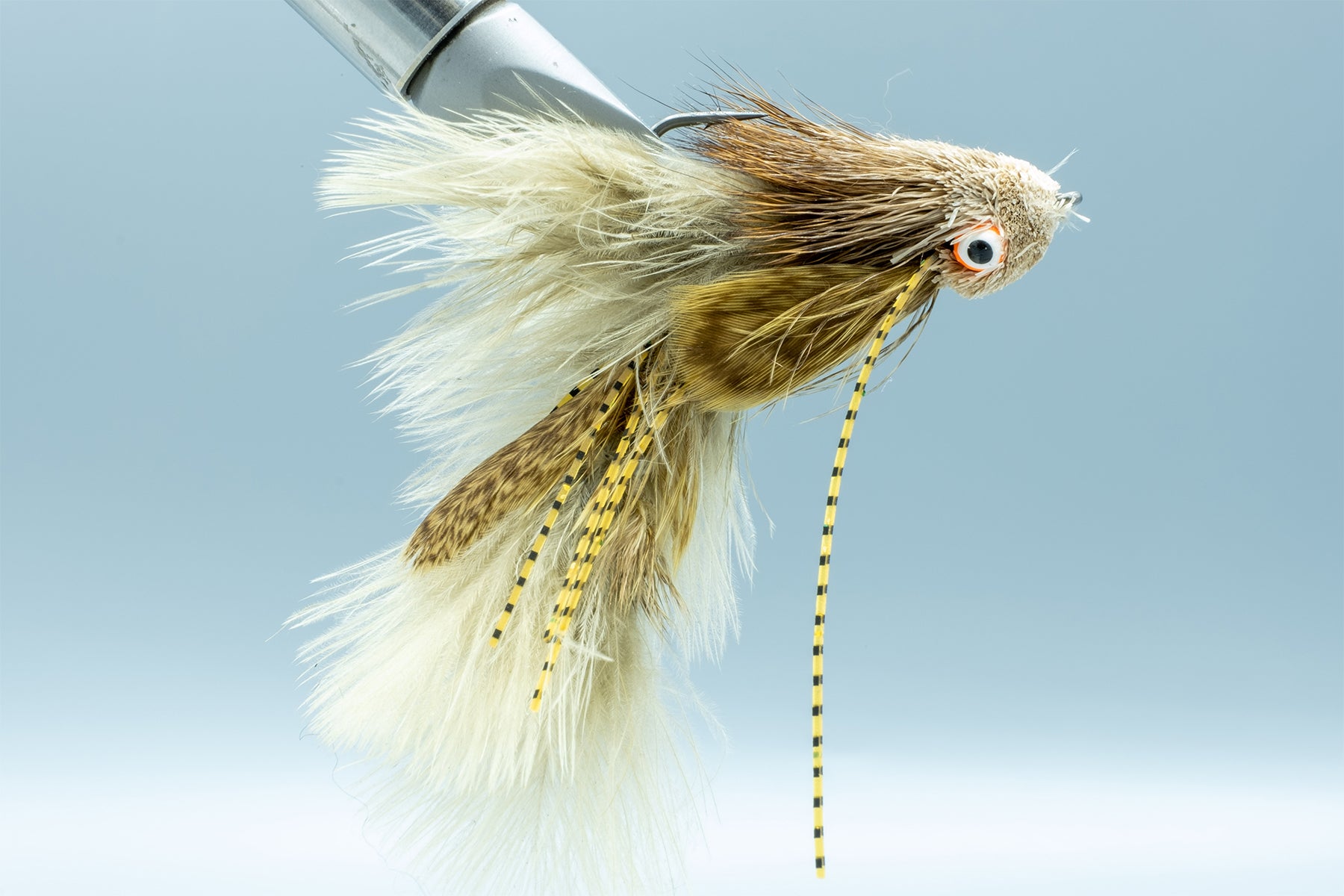
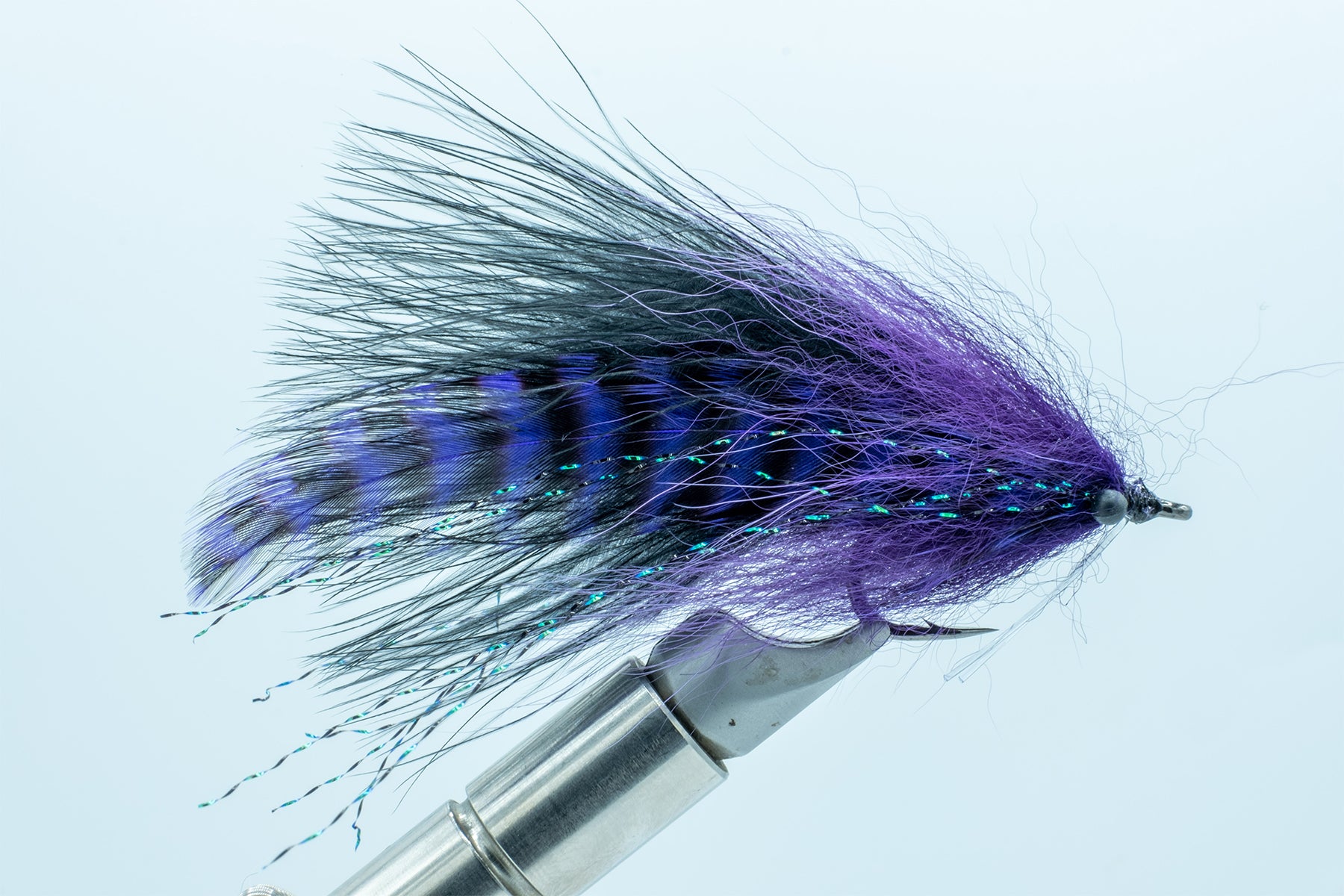
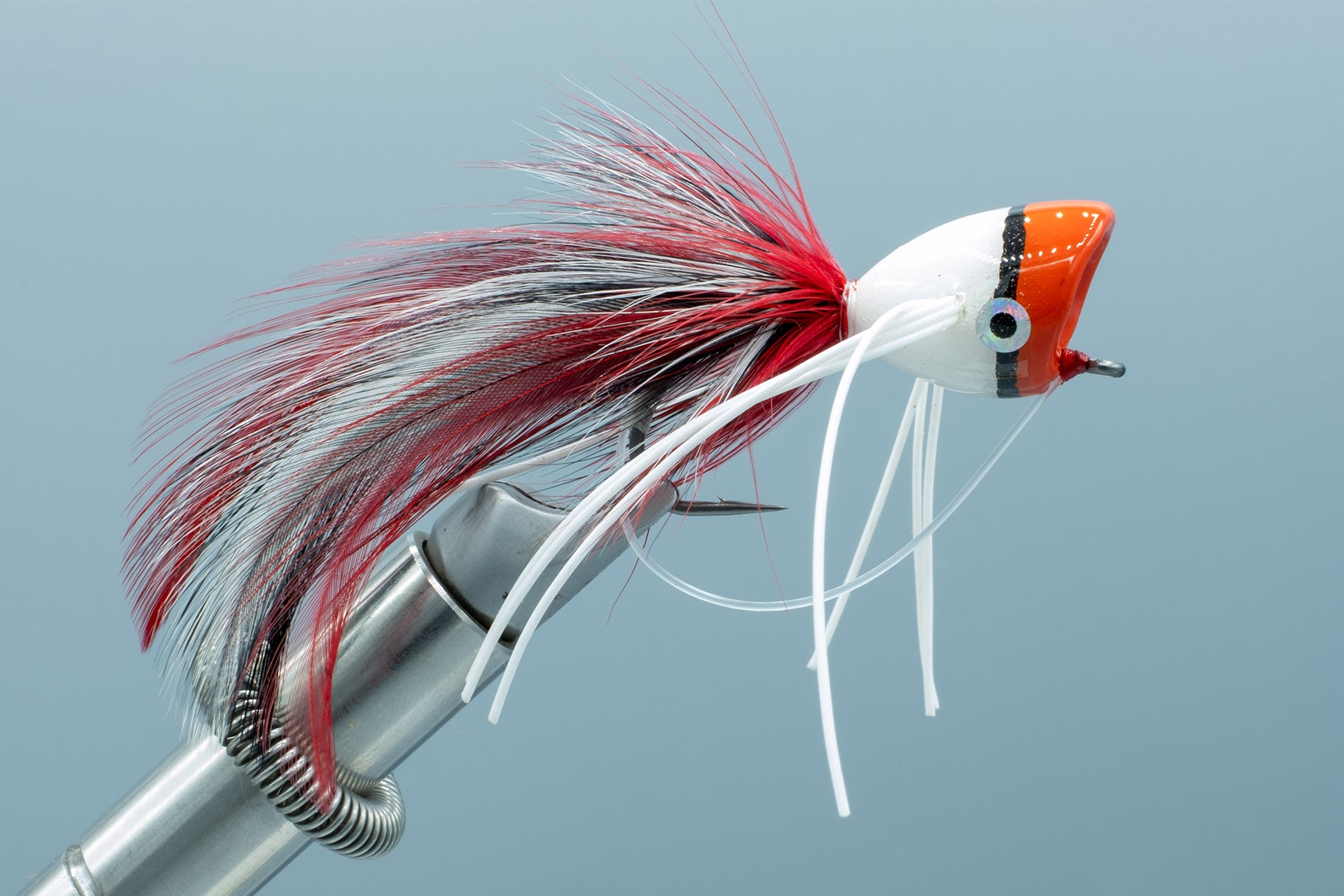
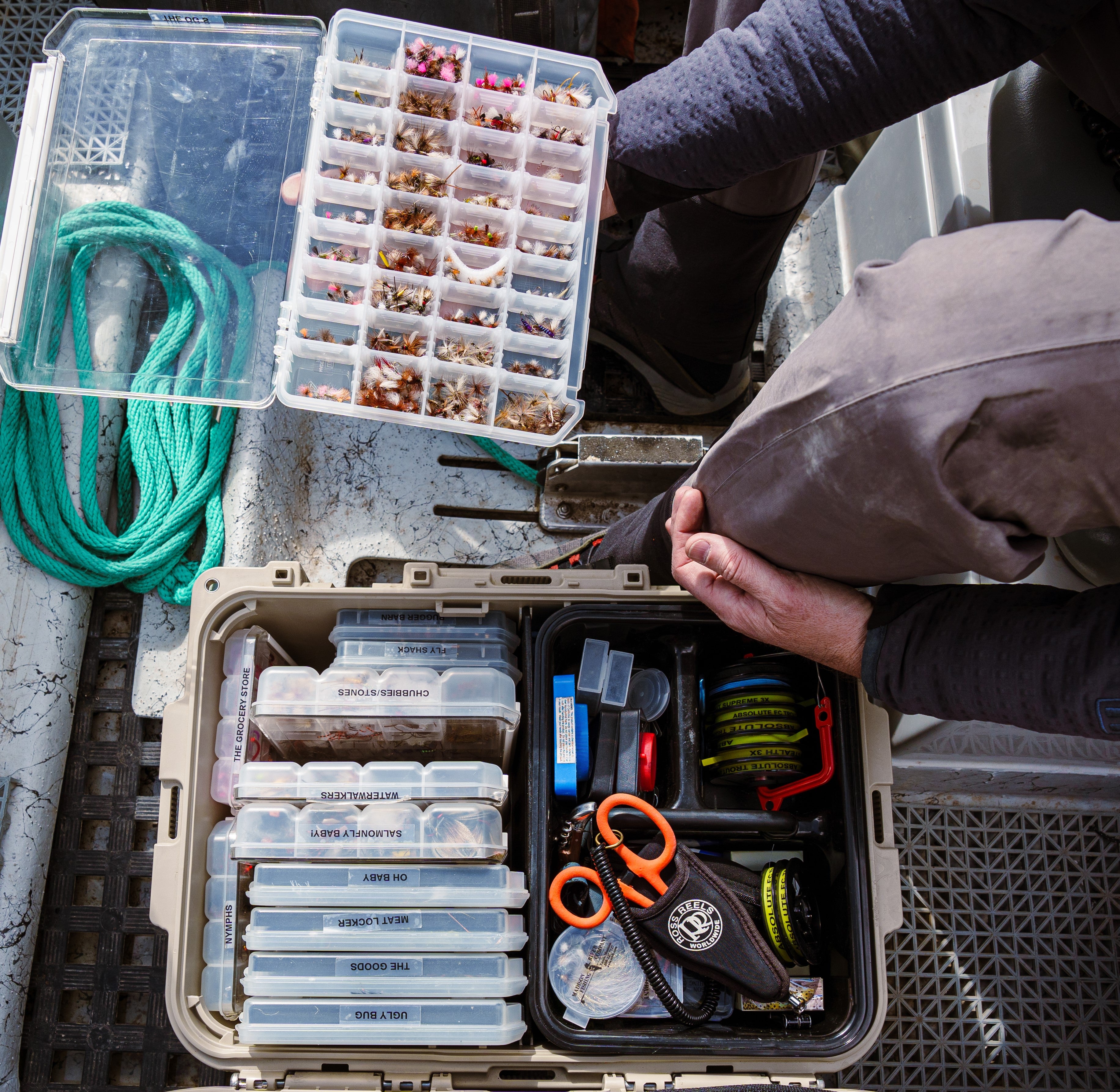
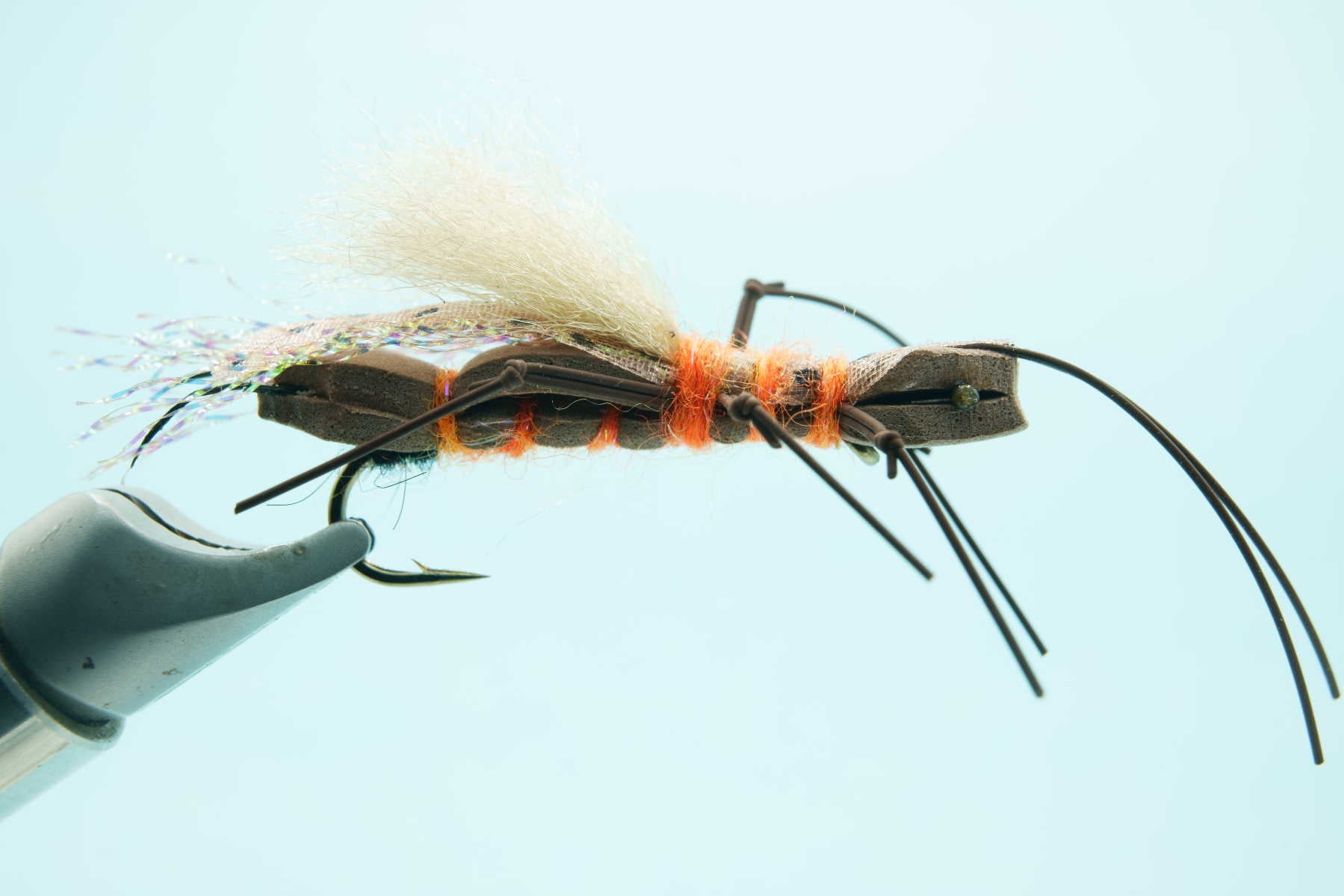
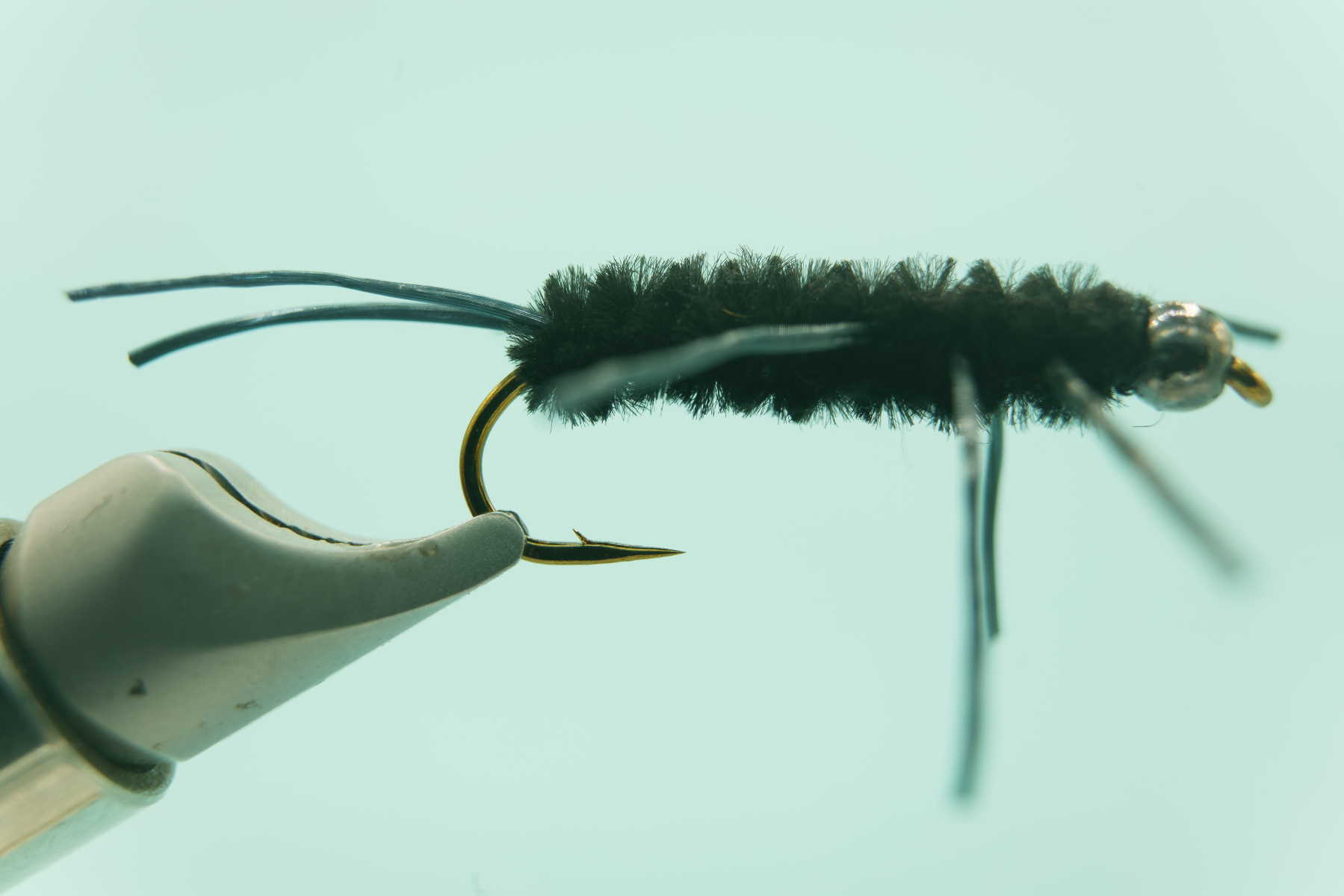
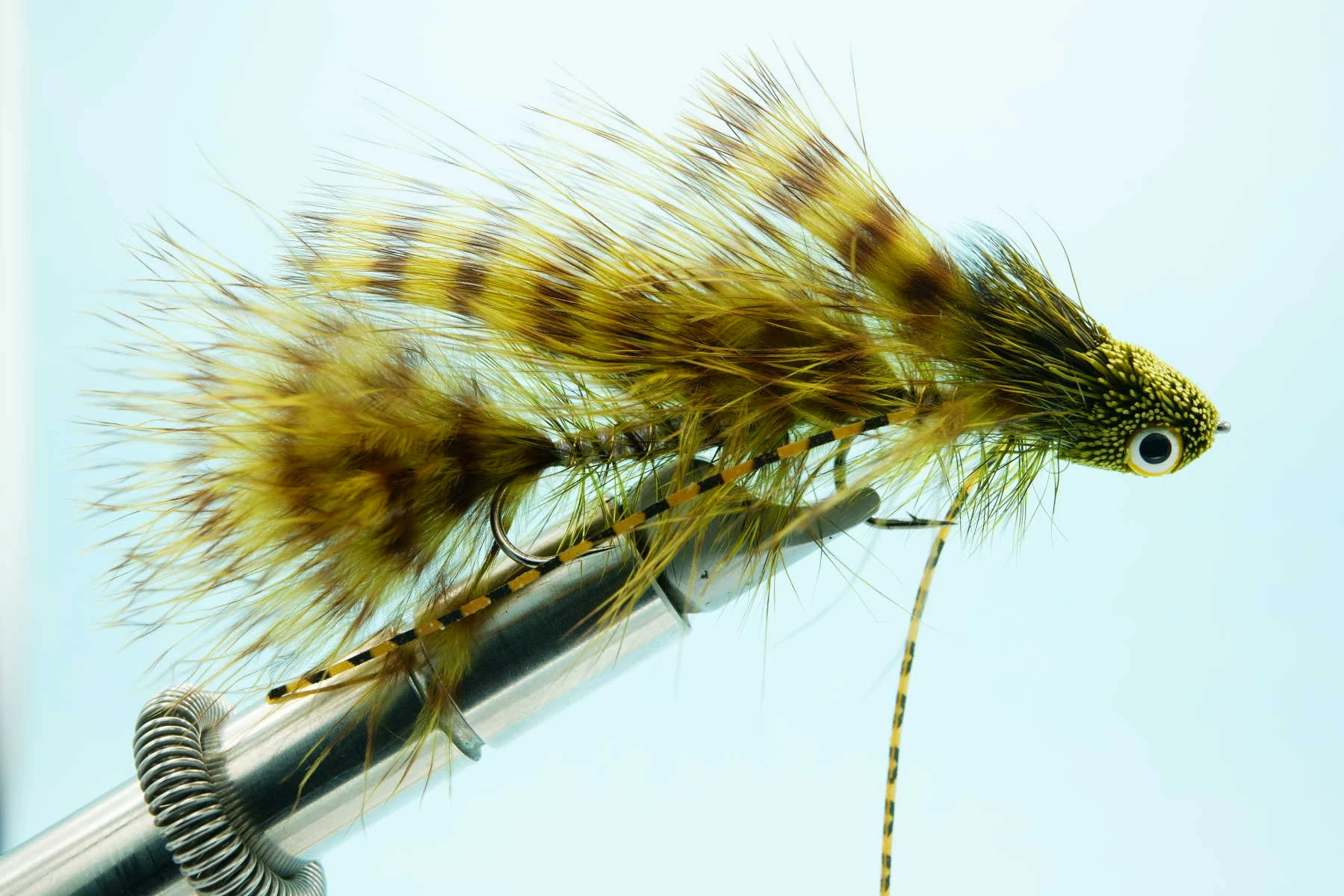
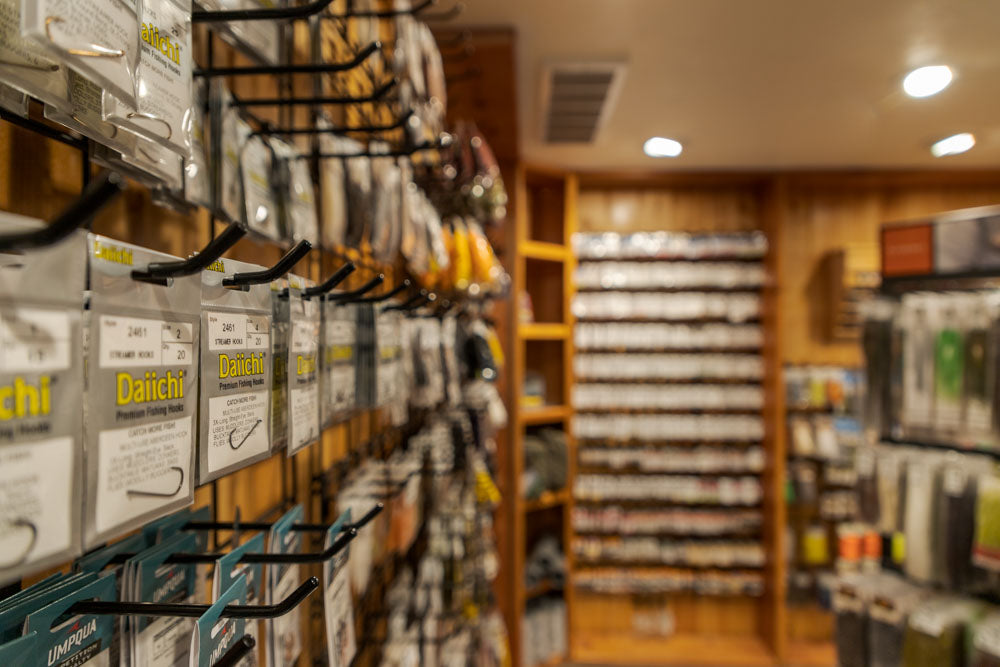

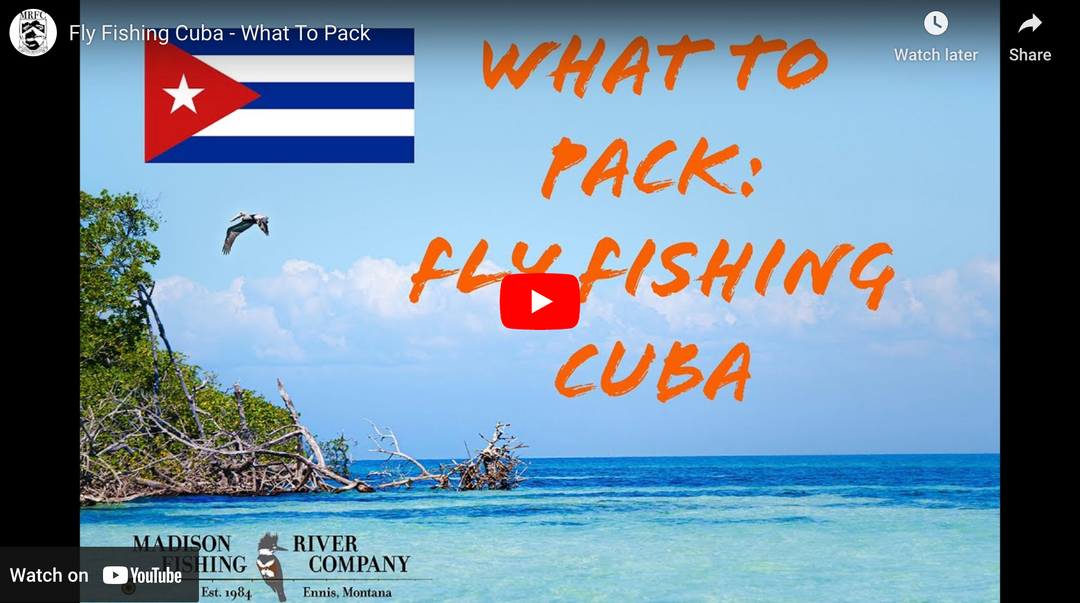

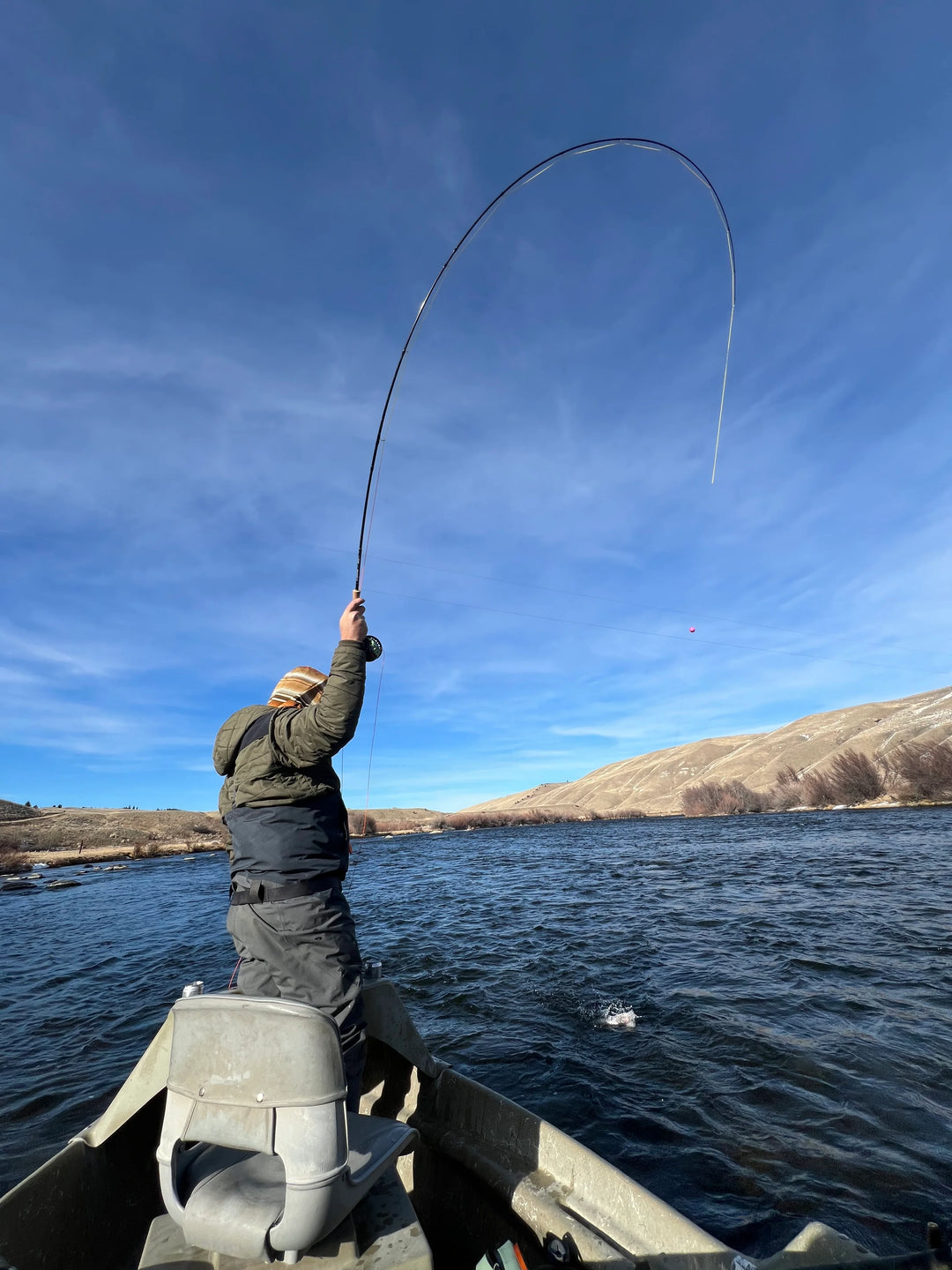
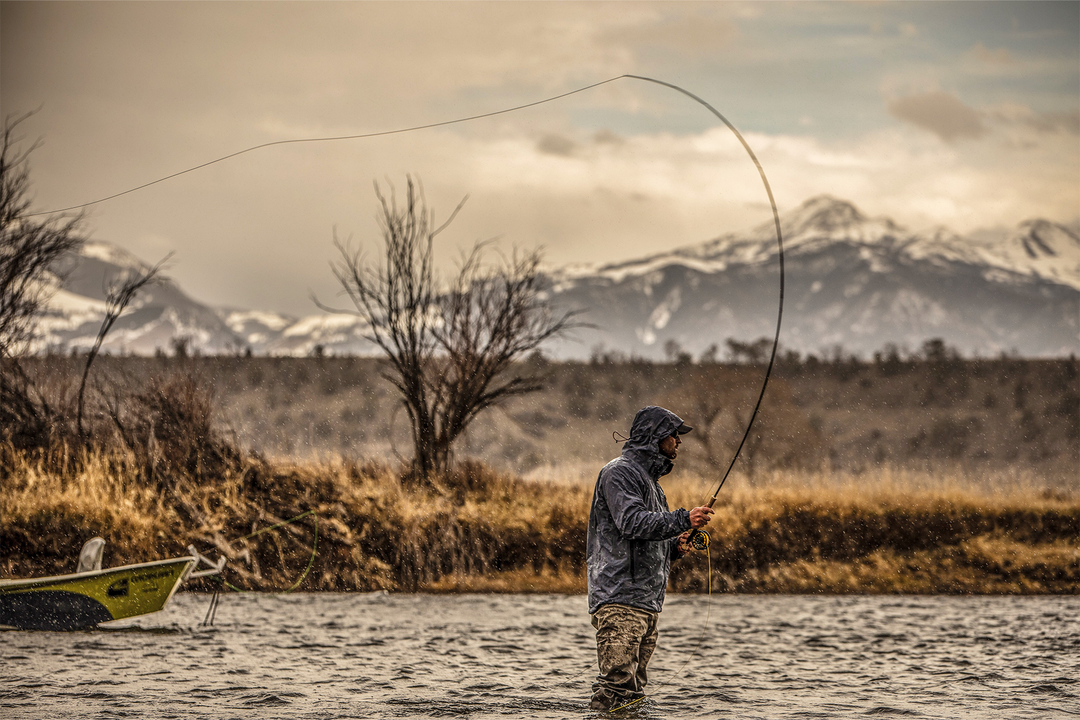
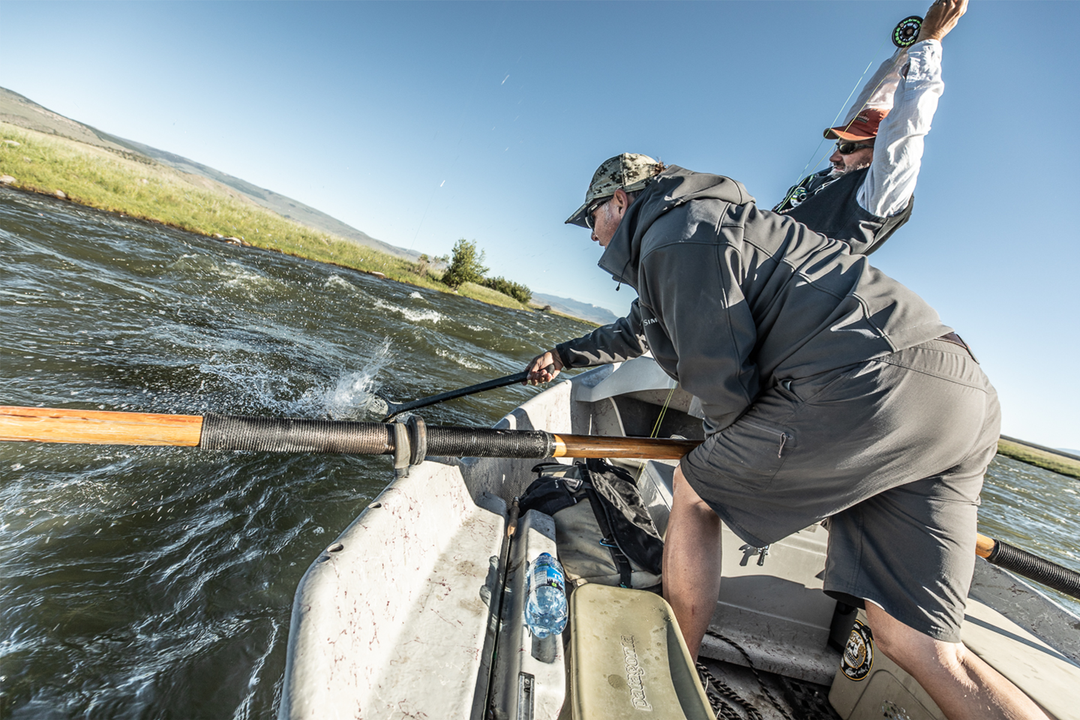
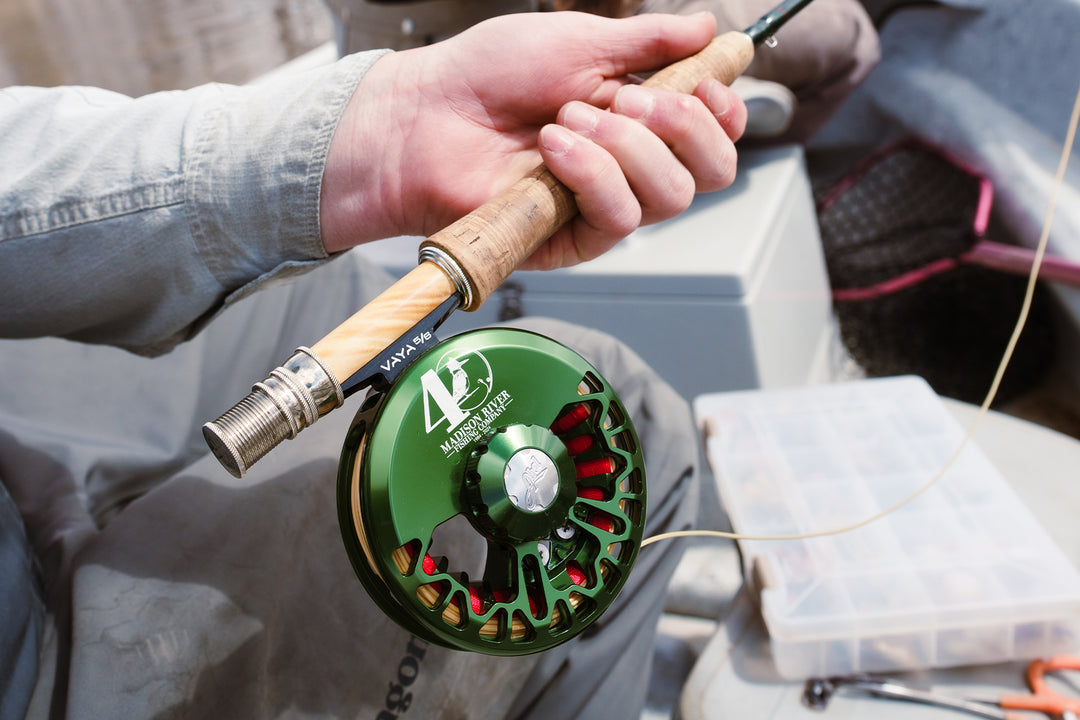
Leave a comment